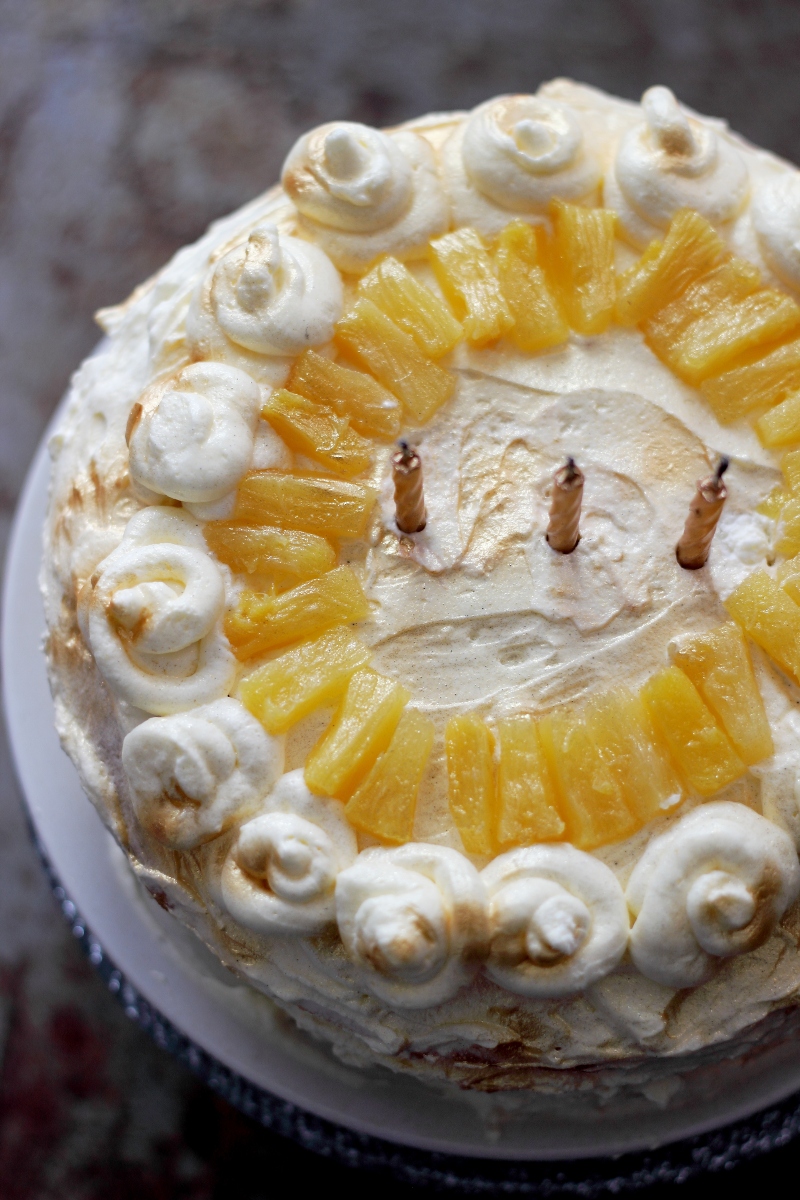I just happened to make this, because I wanted to use an open tub of fresh cream. Yes Paneer Butter Massala cannot be made without cream. If you want authentic real restaurant style gravy I will say please don’t skip cream.
How Paneer Butter Masala does taste like?
Very lightly spiced, tomato based gravy; thickened with cashews, cream and butter (ofcourse!). It is an indulgent dish, something in which you shouldn’t count calories or fat. For same reason it is also called as Paneer Makhani or Makhani Vale Paneer.
How to make restaurant style Paneer Butter Massala at home?
Yes, it is very easy to make restaurant style Paneer Butter Massala at home if you keep in mind the following tips.
-Do not overboard the gravy with spices and masalas. It has to be subtle. So if you use kitchen king masala power or any other spice powders, then stop it.
-Use nuts to thicken the gravy. Cashews are the best choice. You can use almonds too, but in that case soak the almonds and remove the skin. Again, do not go crazy with nuts too; you do not want super thick gravy.
-Put the paneer in the hot water and let it sit there for 20 minutes. This will soften the paneer and you will have that melt in mouth paneer cubes.
-Use butter and cream (full fat). There is no alternative for these too if you want good true paneer butter massala.
-To get that beautiful colour, use Kashmiri red chilli powder.
-Lastly use garlic, onion and tomatoes also in limited quantity. You do not want any of this to overpower the whole gravy.
How to make Dhabha style Paneer Butter Massala at home?
Okay, so those of you don’t know, dabha is a roadside restaurant in India. You will see so many dabhas on the highways, serving local cuisine. They are most commonly found next to petrol stations, and most are open 24 hours a day.
To make dabha style paneer butter masala you need to apply dhungar method or coal method. Here basically you heat up a piece of a coal till its red hot. Then place this charcoal in a steel bowl and place the bowl on the top of the paneer gravy. Add around ½ teaspoon of ghee on the coal and you will see smoke or fumes coming out it, immediately cover the pan with the lid and let it sit there for 2 minutes. Then remove the bowl and discard the coal. This method will give you that smokey paneer effect you get in the dhabha.
Is Paneer Butter Masala Healthy?
No absolutely not. Unlike other paneer dishes such as palak paneer or mutter paneer this paneer dish is loaded with calories and fat. It is not everyday kind of a paneer subji either –it is a royal treat that you can have once in a while.
What are variations to Paneer Butter Masala?
Over the years, trying paneer butter Massala at various places in india, UK and many European countries I have learnt some variations and I would like to share that with you all.
You can add makhane (fox nuts) in the gravy and it tastes good with paneer.
I have seen restaurants even adding peas (matar) with paneer gravy and it was a good twist too.
But my most favourite combination has been chunks of bell peppers in the paneer makhani gravy and in my recipe I have added it. (Feel free not to, but I promise there is something so magical about this variation).
Let us move to recipe now.
Ingredients:
2 tablespoon oil
1 bay leaf/tej patta
2 green cardamom/elyachi
½ inch cinnamon stick/dalchini
5-6 cloves garlic/lehsun, roughly chopped
1 inch piece of ginger/adrak, roughly chopped
1 large onion/payaz, roughly chopped
3 large tomatoes/tamatar, roughly chopped
7-8 cashews/kaju
4 tablespoons butter
½ teaspoon kashmiri red chilli powder
½ teaspoon garam Massala
¼ teaspoon turmeric powder
½ teaspoon red chilli powder
¼ teaspoon black pepper powder
1 tablespoon coriander powder
1 teaspoon sugar
Salt to taste
¼ cup cream
Water as needed
250 grams paneer chopped
1 capsicum chopped into cubes
2 teaspoons kasturi methi
1 tablespoons coriander leaves, finely chopped.
Method:
Heat oil in a pan. Add bay leaf, green cardamom and cinnamon. Let it sit in oil for 20 seconds. Reduce the heat to slow.
Add in chopped garlic, ginger and onion. Sprinkle ¼ teaspoon salt and cover it with the lid. Cook till onions turn soft and there is no raw smell.
Add tomatoes, cashews and around ¼ cup of water. Cover and cook again till tomatoes release the oil and it becomes soft and mushy.
Let the tomato mixture cool down and then grind it into smooth paste.
Heat 2 tablespoons of butter. Throw the tomato mix in the butter. Add in it kashmiri red chilli powder, turmeric powder, coriander powder, red chilli powder, black pepper powder, garam masala and salt to taste. Mix it all well. Add ¼ cup water. Cover and cook again for 5 minutes till you gravy bubbling up and leaving oil on the sides.
After 5 minutes, slowly add in the cream and sugar. Mix and let it cook covered for 7-8 minutes. You must see shiny creamy gravy. Have a quick salt test to see if you need anything.
In the meantime on a separate pan, heat ½ teaspoon butter and sauté paneer cubes till you see some light golden colour on its skin (do not over roast the paneer). In the same pan also roast bell pepper (capsicum) till you see some cooked or burnt spots on its skin. Set both aside.
Throw in paneer and capsicum in the gravy. Add ¼ cup water. Let it simmer covered on slow heat for 5 minutes.
Finally add in kasturi methi and coriander leaves.
Serve with dollop of remaining butter on the top. And swirl of some fresh cream.























